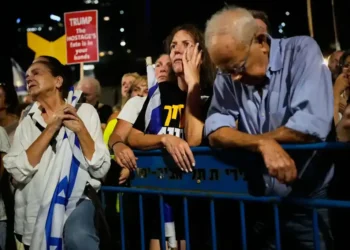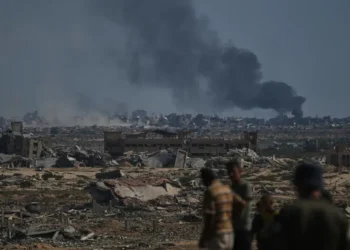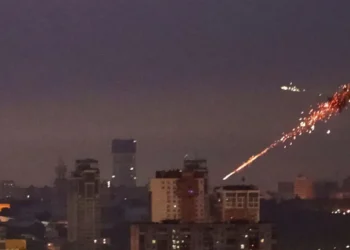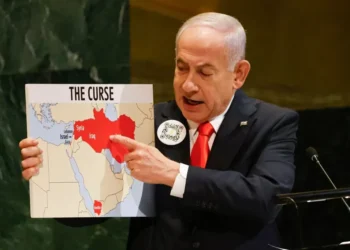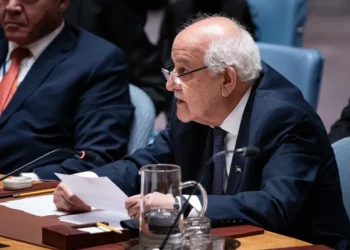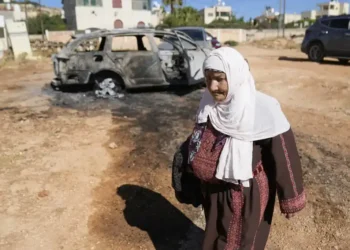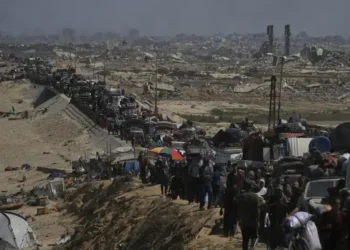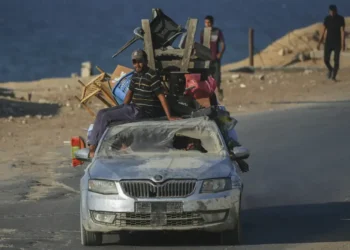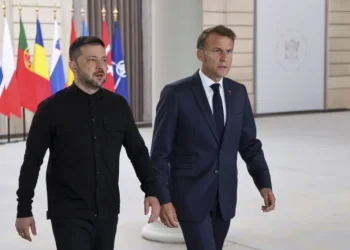Pakistan in Turmoil: Protests, Lockdowns, and Rising Tensions
Pakistan is witnessing widespread unrest as thousands of supporters of former Prime Minister Imran Khan clash with security forces, demanding his release from jail. The escalating protests have prompted strict security measures, including road blockades, internet shutdowns, and the deployment of troops in the capital, Islamabad.
What Happened?
The unrest began when Khan, who has been jailed for over a year, called on his supporters to march to parliament. A convoy of protesters, led by Khan’s wife Bushra Bibi and Ali Amin Gandapur, launched a “long march” from Peshawar, aiming to reach Islamabad, approximately 180 kilometers (110 miles) away.
Protesters breached security barricades on the outskirts of the capital, clashing with police who used tear gas and roadblocks to deter the crowds. Along the way, violence erupted as a police post and multiple vehicles were set ablaze. Authorities confirmed casualties, including five deaths—four security personnel and one civilian. Many others, including demonstrators, were injured.
By Tuesday, the protesters had reached central Islamabad’s D-Chowk, a symbolic location near key government buildings like parliament and the Supreme Court. However, the square was cleared by evening, with Khan urging his supporters to remain steadfast, declaring on social media, “Fight to the end… we will not back down until our demands are met.”
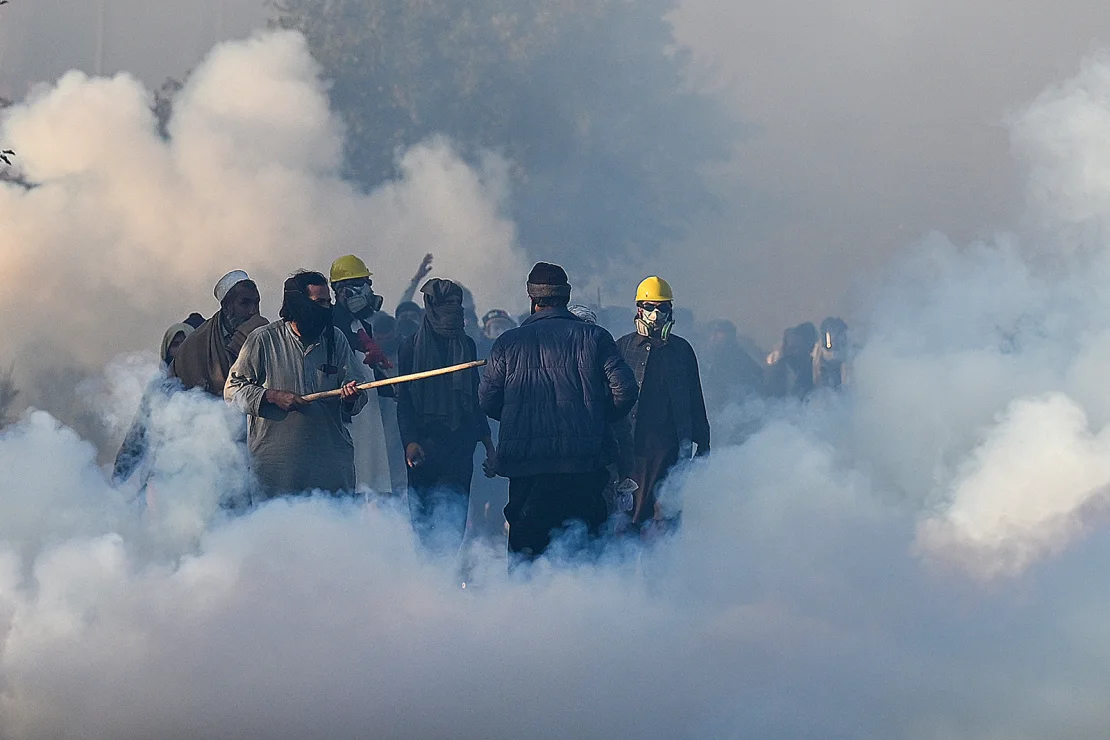
Government’s Response
Interior Minister Mohsin Naqvi condemned the protests, labeling them a “national embarrassment.” He warned of harsher measures, including curfews and military deployment, if protesters crossed into restricted areas. Police have been authorized to open fire if necessary.
The government has accused Khan’s party, Pakistan Tehreek-e-Insaf (PTI), of hiring protesters and inciting violence. Meanwhile, PTI alleges that authorities have used excessive force, with live ammunition fired at demonstrators. Reports of internet blackouts have hindered independent verification of these claims.
Why Are They Protesting?
The protests center on multiple grievances:
- Khan’s Detention: Supporters demand the release of the former prime minister and other “political prisoners.”
- Judicial Reforms: Protesters oppose a constitutional amendment granting the government greater control over judge appointments, which they see as a tool to suppress dissent.
- Election Disputes: PTI claims the February elections were rigged, calling it a “stolen mandate.”
Khan, a former cricket star turned populist leader, was removed from office in 2022 through a parliamentary no-confidence vote. Since then, he has faced numerous criminal charges, ranging from corruption to leaking state secrets, all of which he denies. Despite his incarceration, Khan remains a popular figure, with his detention galvanizing his support base and intensifying tensions with Pakistan’s powerful military.
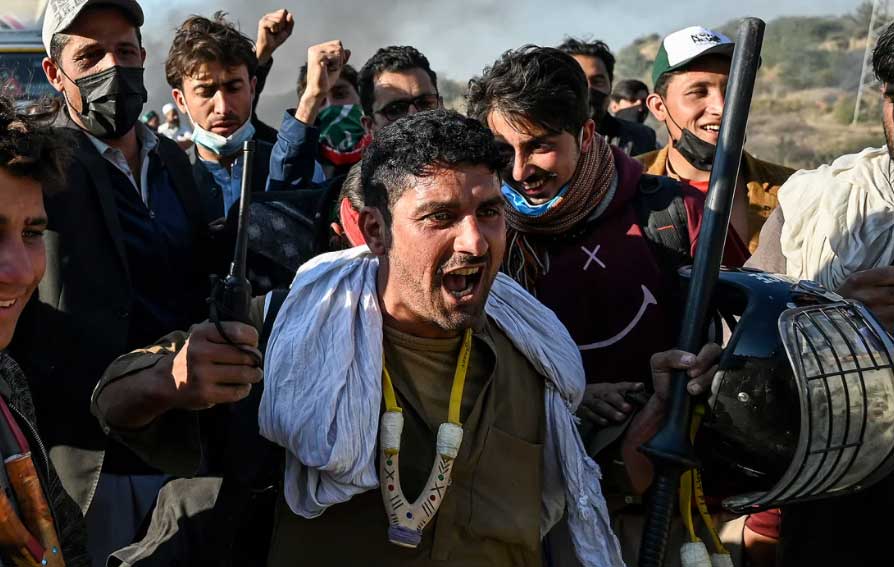
Broader Implications
The unrest comes during an official visit by Belarus President Aleksandr Lukashenko and amid rising instability in Pakistan, which has experienced a surge in sectarian violence and militant attacks. Schools in Islamabad and neighboring Rawalpindi have been closed, and intercity transport has been suspended, reflecting the disruption caused by the protests.
While the government struggles to contain the demonstrations, PTI leaders vow to continue their march. “We are determined and will overcome all hurdles,” said senior PTI leader Kamran Bangash.
What’s Next?
The standoff highlights Pakistan’s deepening political crisis and strained civil-military relations. As the protests persist, the potential for further violence remains high, posing significant challenges for the government’s stability and its ability to navigate a politically volatile landscape.


